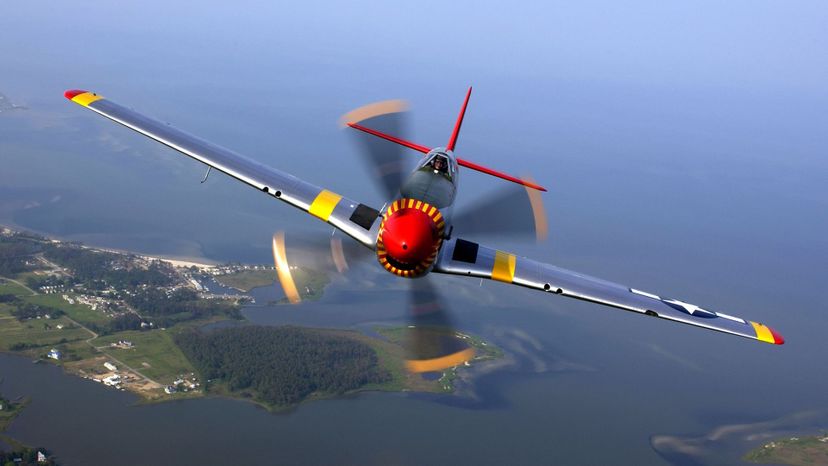
About This Quiz
"Are you ready to take to the skies and test your knowledge of World War II planes? This quiz will challenge you to identify iconic aircraft from the era without any hints. From the legendary Supermarine Spitfire to the nimble Japanese designs, you'll have to rely on your knowledge of aircraft history to succeed.
Experience the thrill of flying these beautiful and deadly machines through the images provided in this ww2 plane quiz. Whether you're a fan of American, British, German, Italian, or Japanese planes, there's something for everyone in this test of aviation knowledge. Get ready to strap yourself in and start your engine as you embark on this exciting aircraft identification challenge!
Don't miss out on the opportunity to showcase your expertise in World War II aircraft. Put your skills to the test and see if you can identify these planes from just a single image. With a mix of speed, maneuverability, and ruggedness, these aircraft played a crucial role in shaping the outcome of the war. So, get ready to dive into the world of aviation history and see how many planes you can identify!
"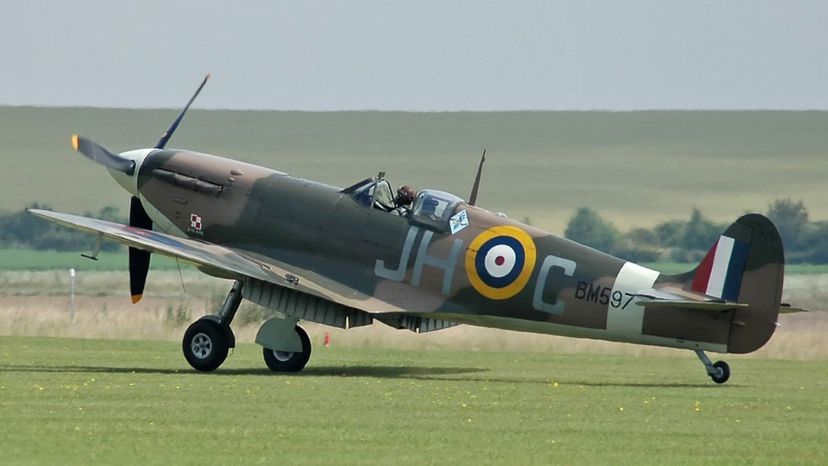
The Supermarine Spitfire is one of the most famous aircraft ever built. It first flew in 1936 and played a major part in defending Great Britain against the Luftwaffe, Hitler's air force, during the Second World War. It was produced throughout the war, with over 20,000 built. There are still around 50 flying examples found around the world.
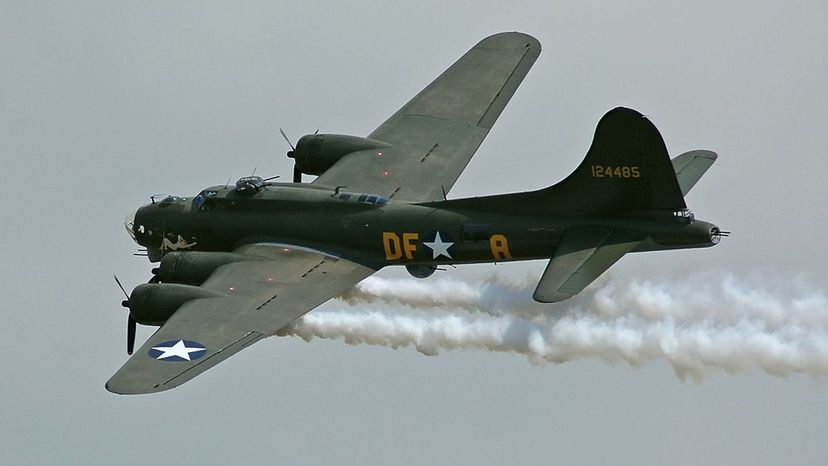
The B17 Flying Fortress is one of the most famous aircraft of World War II. Designed as a bomber, it was primarily used in the West, flying daylight missions against Nazi Germany. The B17 could hold 9,600 pounds of bombs and had 11 to 13 machine guns as defensive armament. It first flew in 1935 and entered service in 1938.
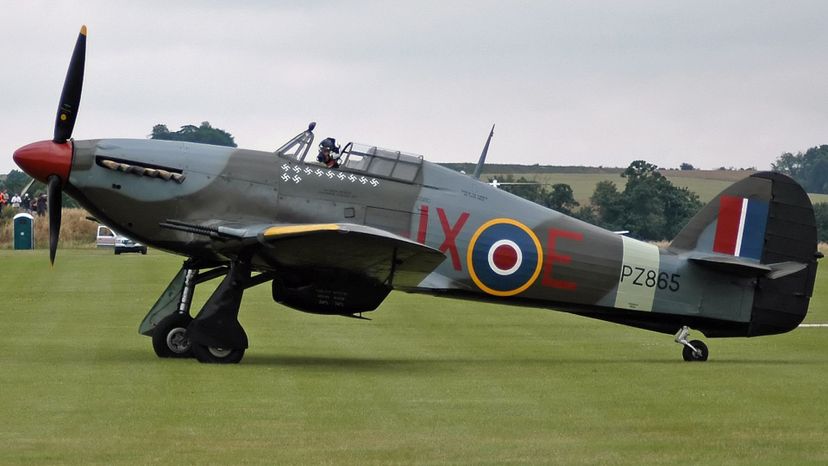
Together with the Supermarine Spitfire, the Hawker Hurricane saw off the German Luftwaffe during World War II, most notably during the Battle of Britain. Failure to do so would have seen Germany hold air superiority which would have let Hitler invade the island nation. Although not as famous as the Spitfire, the Hurricane was an excellent fighter in its own right.
Advertisement
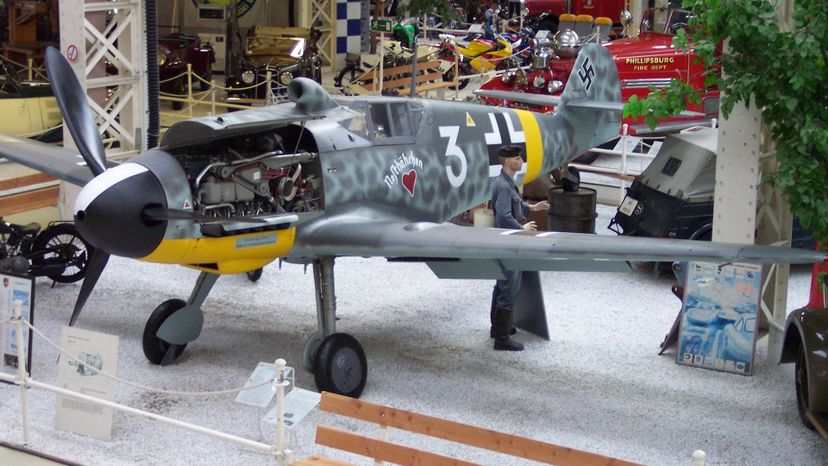
The Messerschmitt Bf 109 was the primary fighter in service with the German Air Force at the outbreak of World War II. First introduced in 1937, the aircraft had proved itself extremely capable during the Spanish Civil War where it was flown by German pilots helping Franco. In combat over Britain, however, it met its match in the Supermarine Spitfire, although both aircraft were very equally matched.
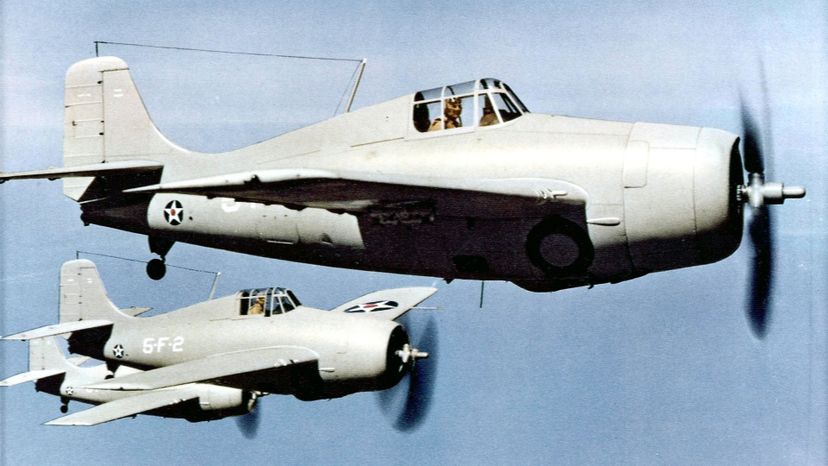
The Grumman F4F Wildcat was one of the major carrier-based fighters of the United States Navy during World War II. The Wildcat saw action throughout the Pacific, playing a pivotal role in defending the U.S. fleet from Japanese attack. Although the Japanese Mitsubishi Zero was quicker and more maneuverable, the Wildcat was extremely tough. Wildcats accounted for 1,327 enemy kills during the war.

This short stubby Russian fighter first entered service in 1934. By the start of World War II, the Polikarpov i-16 was not a match for more advanced German fighter aircraft. It was fondly nicknamed "Donkey" by its pilots.
Advertisement
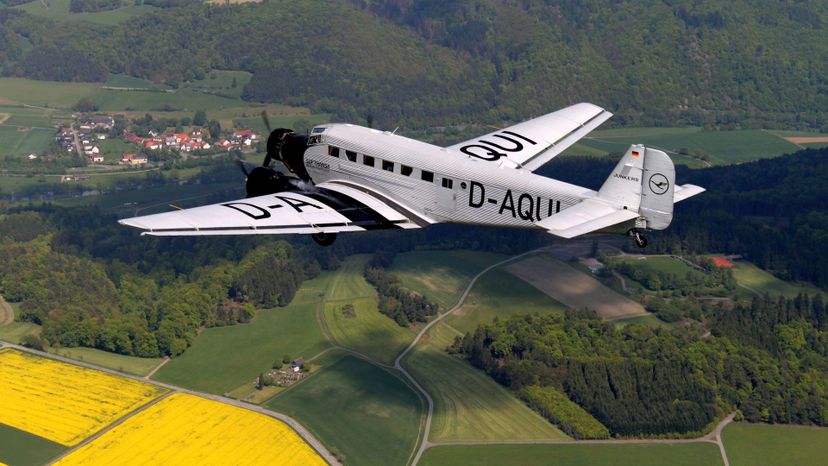
The Junkers Ju52 entered service in 1931. This tri-motor aircraft was initially a passenger aircraft but saw service in World War II as a paratroop and regular transport machine.
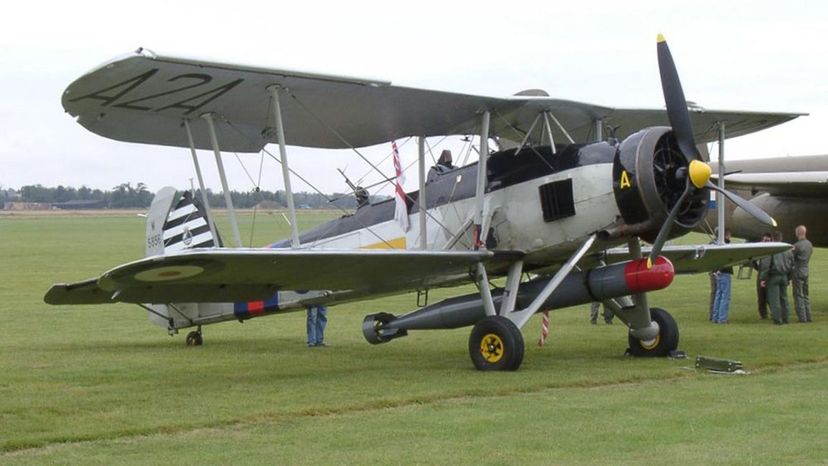
The Fairey Swordfish was a biplane torpedo bomber that first entered service in 1936 with the Royal Navy and Royal Air Force. It has the distinction of helping to sink the German battleship, the Bismarck, during World War II.
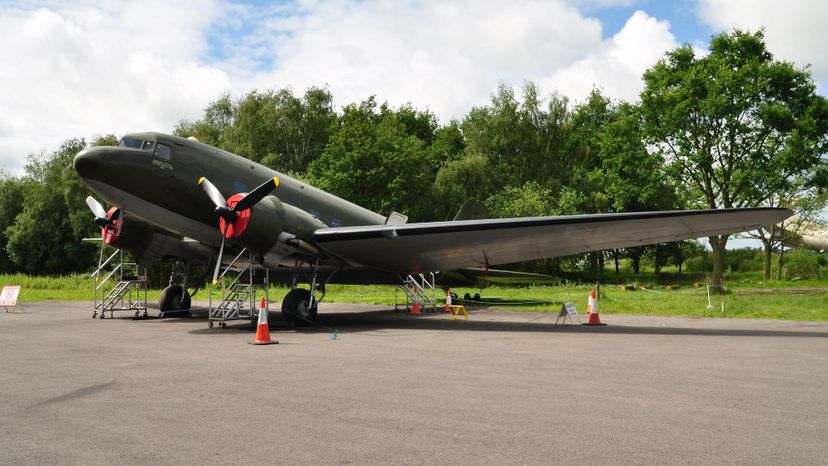
The Douglas DC3 Dakota is nothing short of a legend. It first flew in 1936 and has been used in many guises, from an airliner to cargo aircraft, and even during the Second World War as a troop transport, cargo carrier, glider tow aircraft or to carry paratroopers. The DC3 is affectionately known as the Gooney Bird.
Advertisement
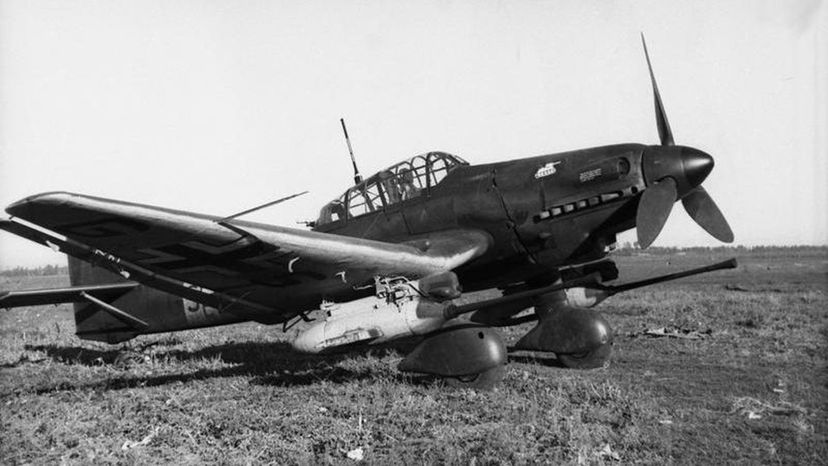
At the start of the Second World War, the Junkers Ju 87 Stuka was one of the most feared aircraft available to the German Air Force. This ground attack plane used dive bombing techniques to great effect. It was feared, as it also employed wind-driven sirens that would wail on each attack, causing panic for both civilians and enemy soldiers. The Stuka was less effective when used against targets in Britain and many were lost. It was withdrawn and used in combat on the Eastern Front against Russia.
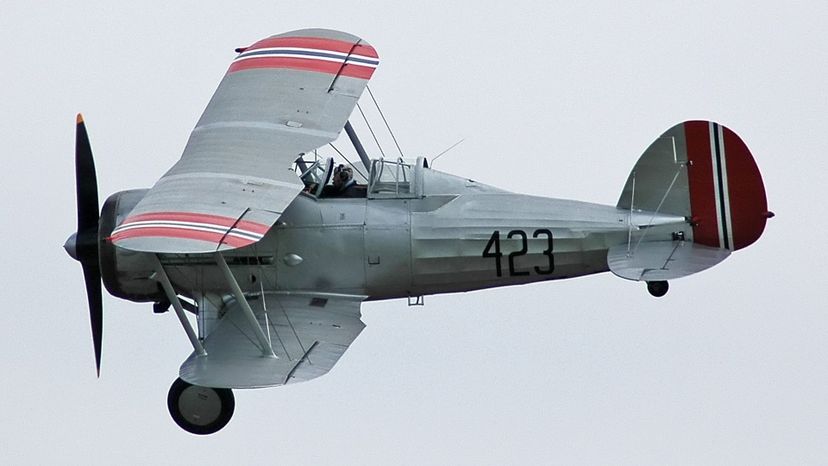
One of the last biplane fighters in the Royal Air Force, the Gloster Gladiator was obsolete by the outbreak of World War II although it had served as a frontline fighter from around 1935 onward.
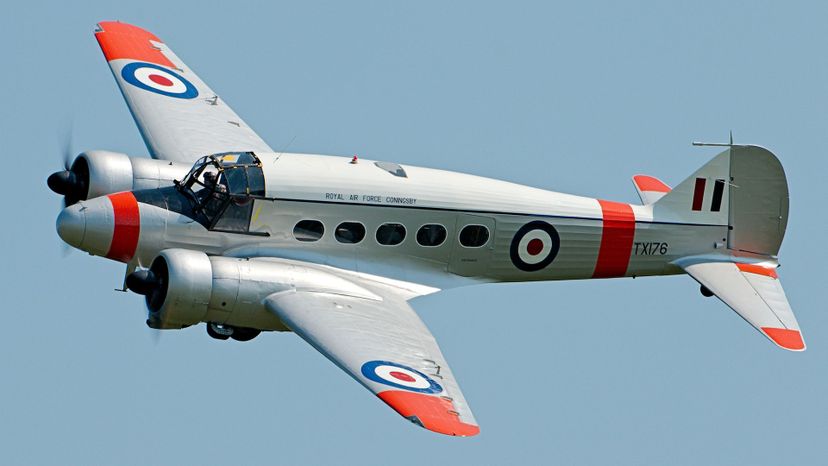
The Avro Anson entered service in 1936 and performed a number of roles in the Royal Air Force including as a light bomber, trainer, maritime reconnaissance and transport aircraft. It was largely obsolete by the time World War II started
Advertisement
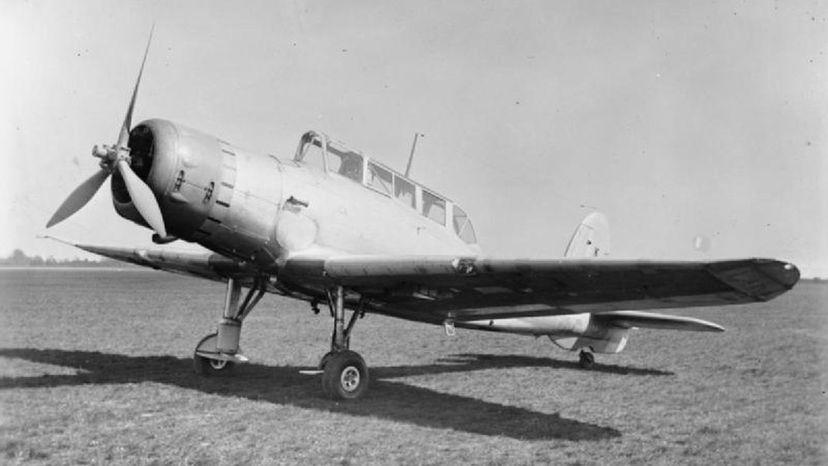
The Blackburn Skua was a two-seater fighter/dive bomber that saw service with the British Fleet Air Arm after entering service in 1938. It was not a particularly successful aircraft.
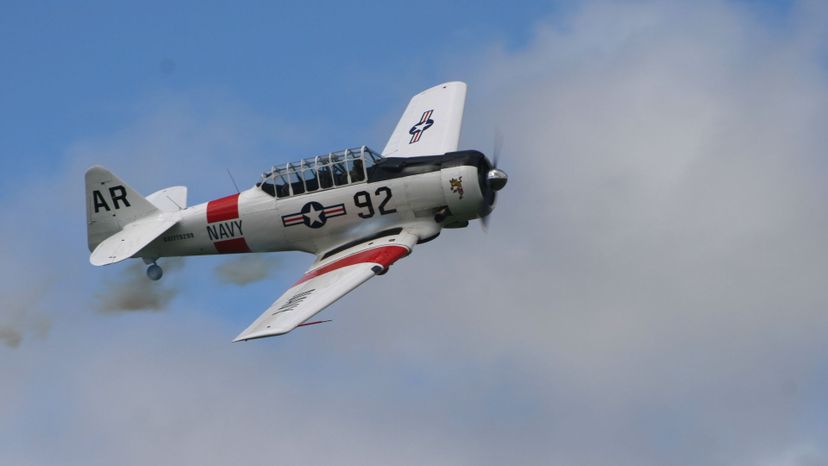
Perhaps one of the most famous training aircraft ever produced, the T-6 Texan first flew in 1935, and incredibly was still in service with the South African Air Force up until 1995. All American World War II fighter pilots would have earned their wings flying the Texan.
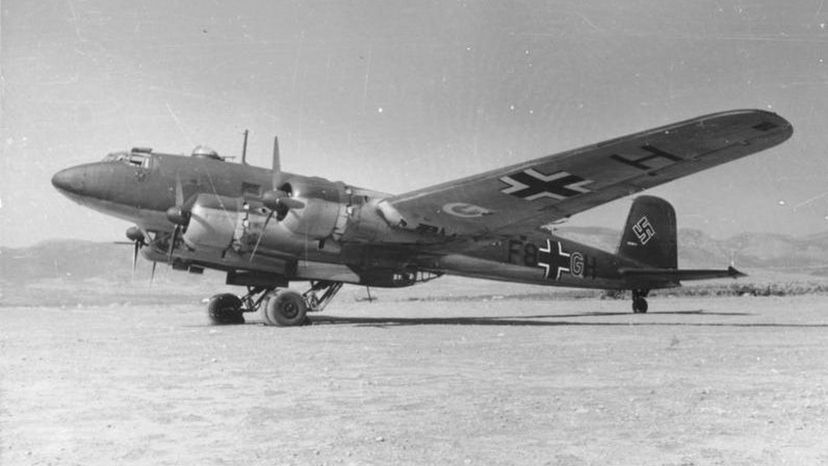
Initially developed as an airliner for long-range trips, the Focke-Wulf F200 Condor was used extensively by the Luftwaffe during World War II as a maritime patrol aircraft and anti-ship bomber. It was first introduced in 1937.
Advertisement
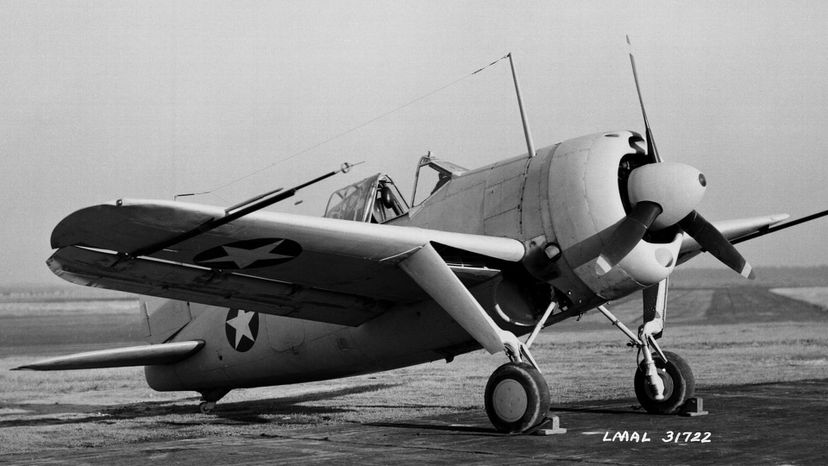
The Buffalo first entered service in 1937. It was one of the first aircraft to include an arrestor hook for operations from aircraft carriers.
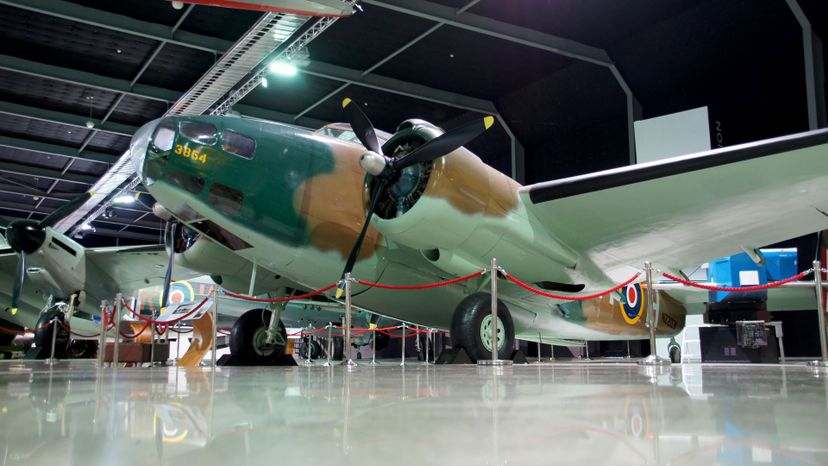
The Hudson from Lockheed entered service in 1939 as both a light bomber as well as a coastal maritime patrol aircraft. Interestingly, it was commissioned for the Royal Air Force and was used by a number of Commonwealth countries, even after World War II. It did service with US forces as well.

Not necessarily the most glamorous fighter ever produced by the United States during World War II, the Curtiss P-40 Warhawk certainly served a purpose. It was a capable dogfighter that was easy to build and helped to ensure that the United States Air Force was significantly armed during the early days of the war. Almost 12,000 of the P-40 were built up until 1944.
Advertisement

This two-seat, two-engined fighter performed poorly for the Luftwaffe during the Battle of Britain, where it was no match for the Hawker Hurricane and Supermarine Spitfire. in fact, the Messerschmitt BF110 often needed its own fighter escort, despite the fact that it was a fighter.
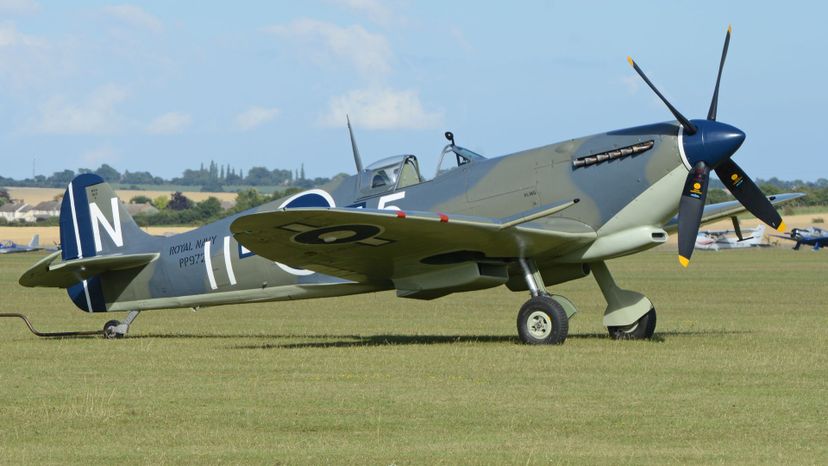
The Supermarine Seafire was a carrier-based version of the Spitfire, arguably one of the most famous aircraft designs in aviation history. The first few Seafires were converted Spitfires, but eventually, the aircraft was modified for carrier-based operations. Of the most important of these modifications was folding wings, which allowed aircraft to be stored below decks far easier.
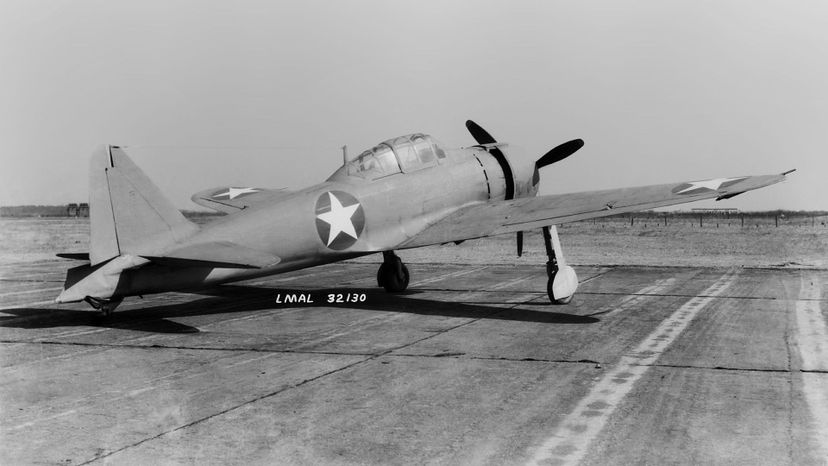
The most famous Japanese fighter of World War II, the Mitsubishi A6M Zero was carrier-based, had an incredible range, and was extremely maneuverable. It was far superior to early American aircraft in the Pacific theater, and at one stage had a kill ratio of 12 to 1.
Advertisement
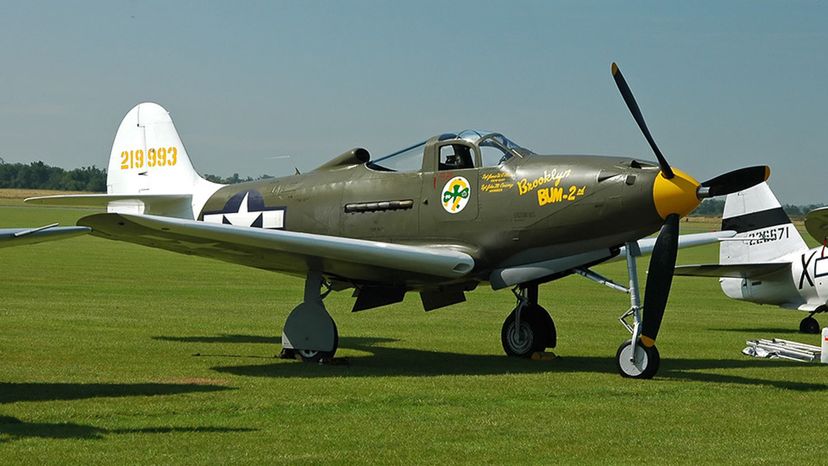
The Bell P-39 Airacobra didn't really perform in the role for which it was intended: a high-altitude fighter. It did excel below 10,000 ft, however, and was an adequate ground attack aircraft which served in large numbers in Russia under a lend/lease agreement with the United States.
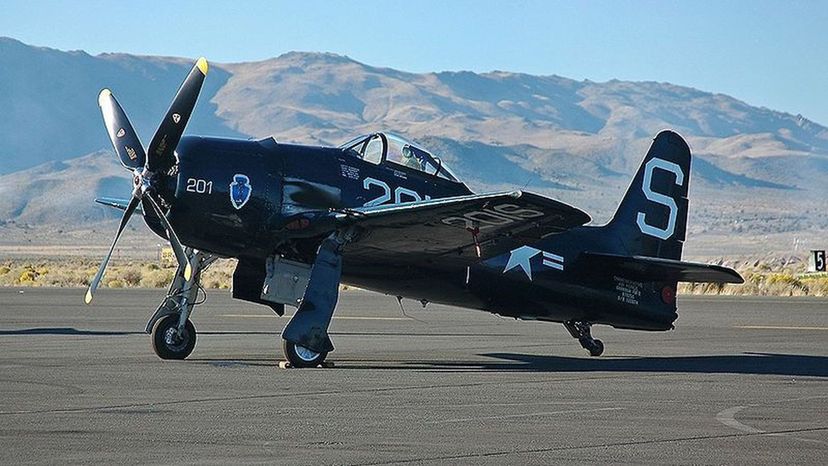
Designed as a carrier-based fighter and entering service in mid-1945, the Grumman F8F Bearcat saw no action during World War II. The war came to an end before it could be deployed in any large numbers.
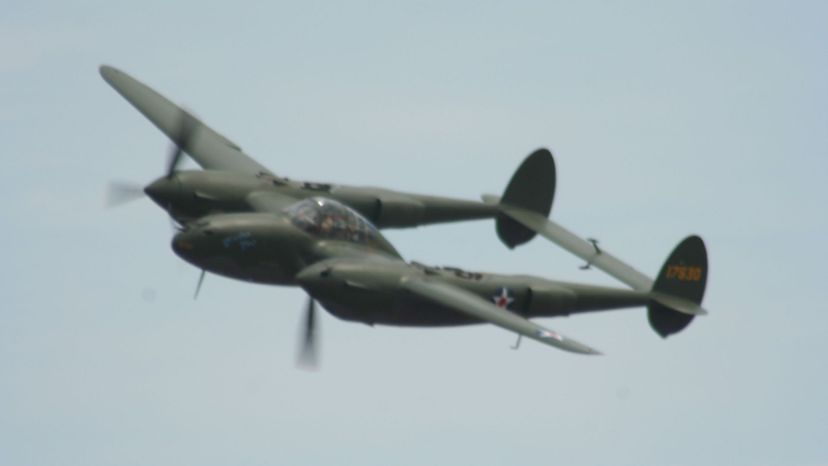
Nicknamed "The Fork Tailed Devil" by the German pilots that faced them, the Lockheed P-38 Lightning was a twin-engined aircraft that performed a number of roles. These included bomber escort, interception, level bombing, and dive bombing, as well as photo reconnaissance. The Lightning was exceptionally fast and maneuverable.
Advertisement
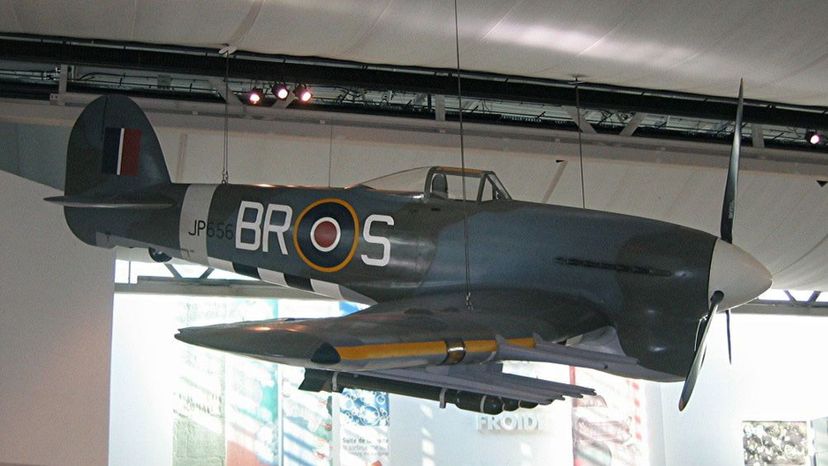
The Hawker Typhoon was originally intended to replace the Hawker Hurricane as a frontline fighter. It was outclassed by many German aircraft, however. It soon found its niche and became an excellent ground attack aircraft with the ability to carry rockets and bombs as part of its payload.

Designed by Jiro Horikoshi, who created the legendary A6M Zero, the J2M was designed to be a high-altitude interceptor. It saw action throughout the Pacific but was often dogged by mechanical problems. Later in the war, it was used in its intended role but performed poorly against the high-flying B29 Superfortress bombers of the U.S. Air Force.
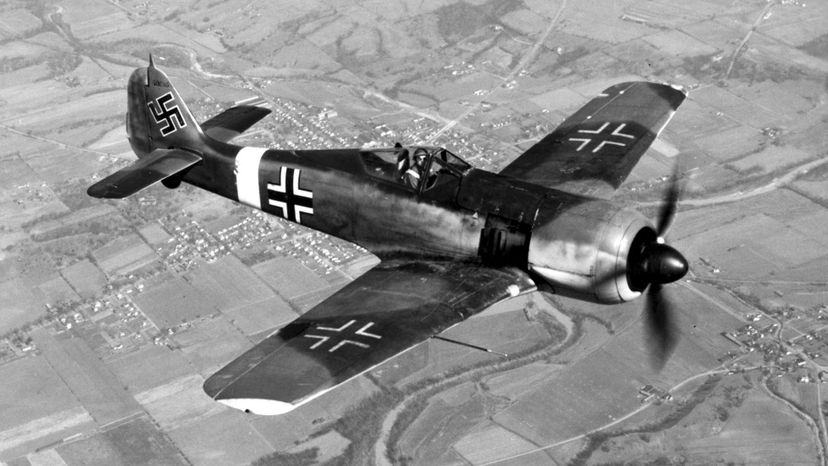
Along with the Messerschmitt Me 109, the Focke-Wulf Fw 190 made up the bulk of the German Air Force fighter strength during World War II. When it first came on the scene, it was superior to the Supermarine Spitfire Mk V, much to the astonishment of the British pilots. The Fw 190 was continually upgraded during the war, capable as a dogfighter and interceptor as well as a fighter-bomber.
Advertisement
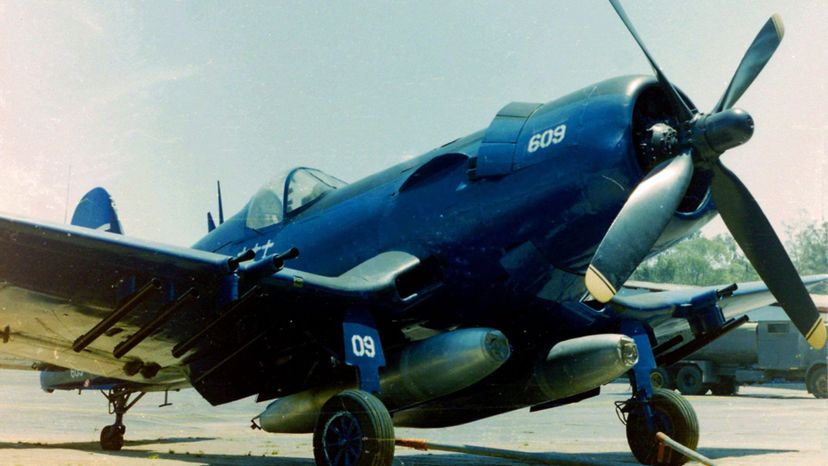
The Vought Corsair was such an excellent aircraft that over 13,000 were manufactured between 1942 to 1953. In fact, this is the longest production run of any American aircraft ever. The Corsair served in the US Navy in the Pacific and proved to be an excellent fighter. It could perform other roles as well including as a fighter-bomber. The last Corsair retired from the Honduras Air Force in 1979.
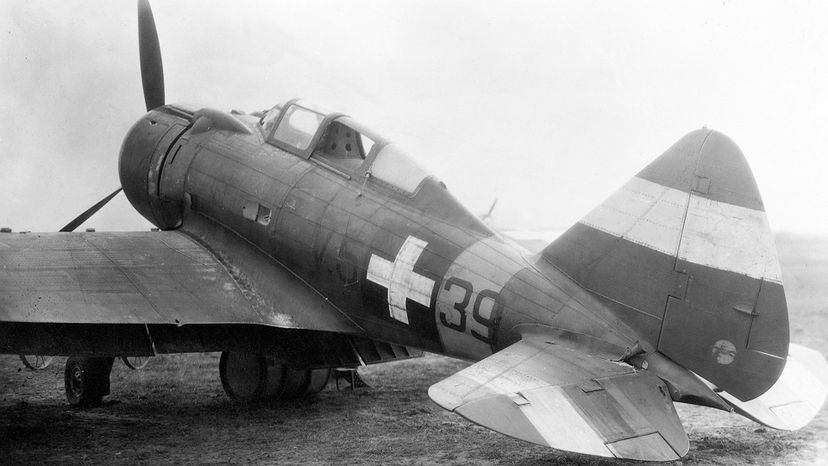
A fighter aircraft of Hungarian design, the MÃVAG Héja was based on the Italian Reggiane Re.2000. They saw little combat during the war, as most were placed in home defense squadrons. One squadron did fly on the Russian front, however.
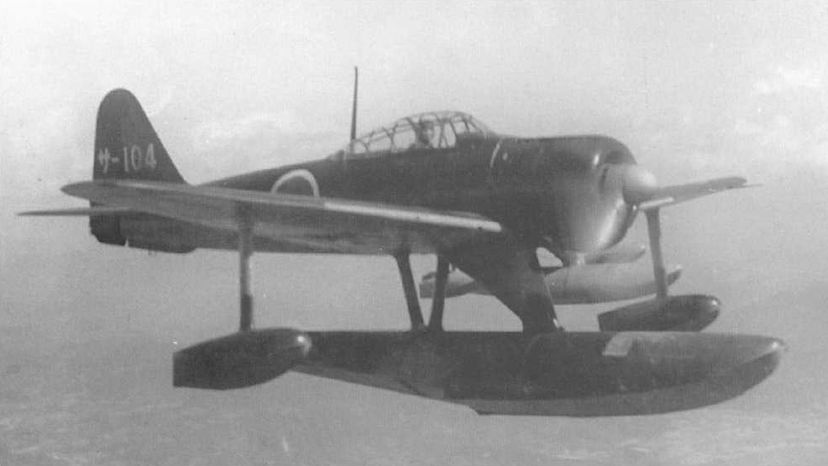
This essentially was an A6M Zero with a float attached. It was used in the Pacific theater and, while a threat to small U.S. Navy patrol boats, was not much of a match for its fighters. In fact, the float meant that the aircraft lost as much as 20% of its performance.
Advertisement
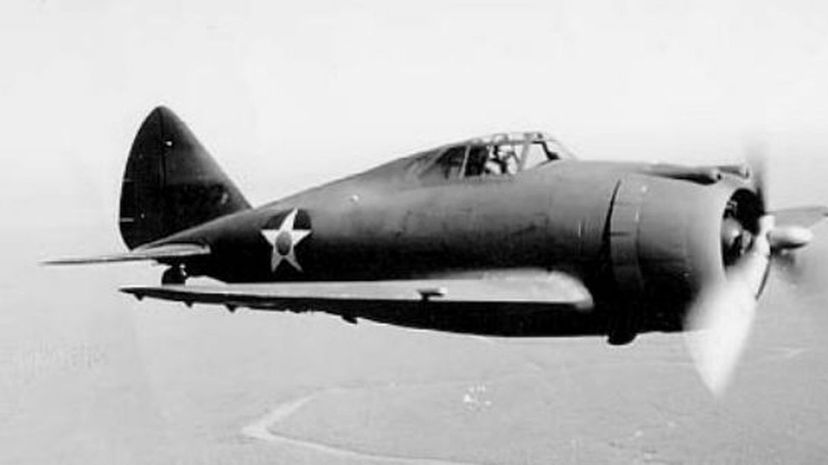
Certainly not the greatest American fighter ever produced, the Republic P-43 Lancer had excellent performance at high altitude. This made it one of the only Allied planes able to intercept the Mitsubishi Ki-46 "Dinah" recon plane of the Japanese for much of the war.
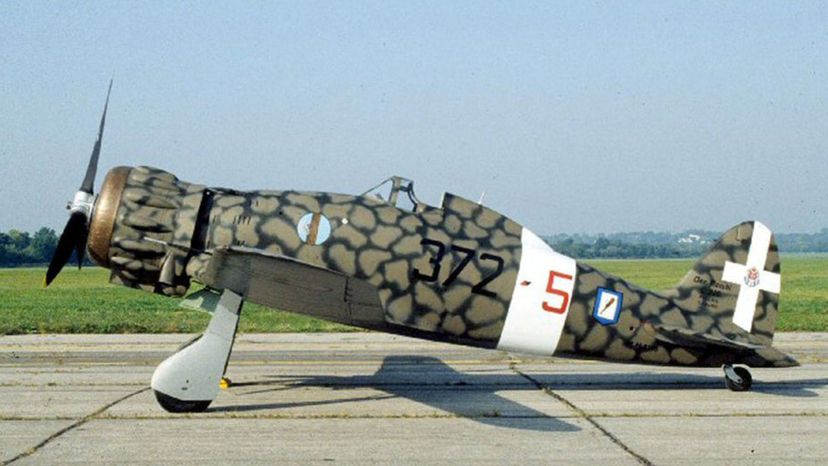
The "Saetta" or "Arrow" performed in many theatres during World War II but most notably in North Africa and the Mediterranean. It was a capable fighter until the mid-point of the war, when new Allied aircraft were far better in terms of performance.

An obsolete biplane design by the time World War II started, the only Avia BH-33s to see combat belonged to the Yugoslavian Air Force. They were both shot down, with their pilots killed.
Advertisement
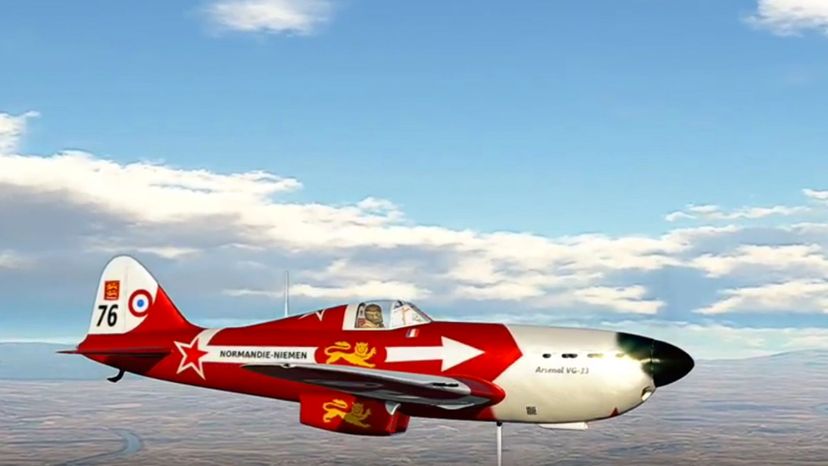
A French fighter that never saw combat, the Arsenal VG-33 was in production at the start of World War II, but France fell to the Germans before it reached the front line.
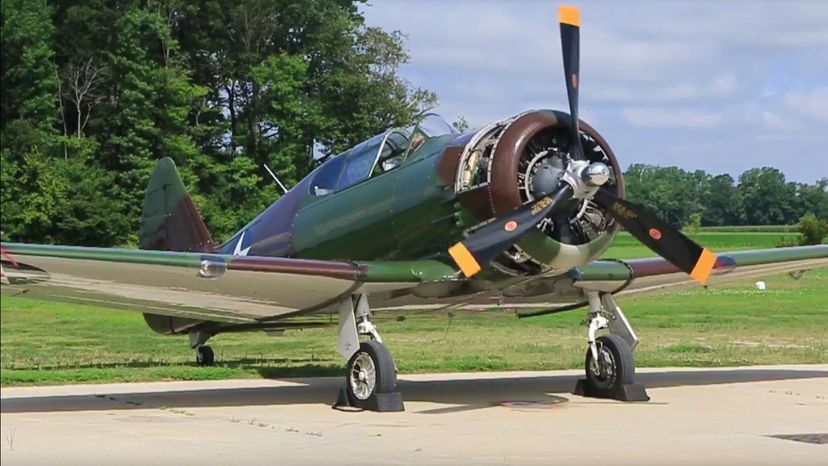
First flown in 1940, the North American P-64 was built as a fighter for export to other countries. They saw action in 1941 with the Peruvian Air Force during the Ecuadorian-Peruvian war.
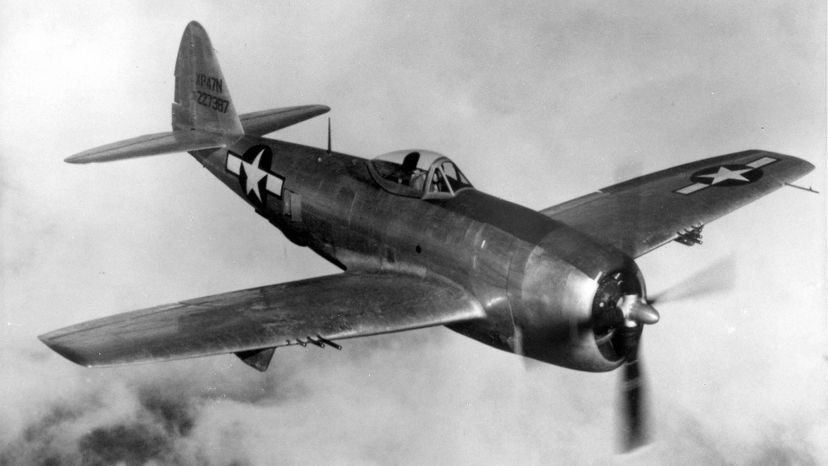
The Republic P-47 Thunderbolt, or "Jug" as it was affectionately known by its pilots, was a very versatile aircraft. From escorting bombers over Germany to ground attack missions, the Jug could do it all. It was a massive piece of machinery - when fully loaded with weapons and fuel, it weighed around 8 tons.
Advertisement
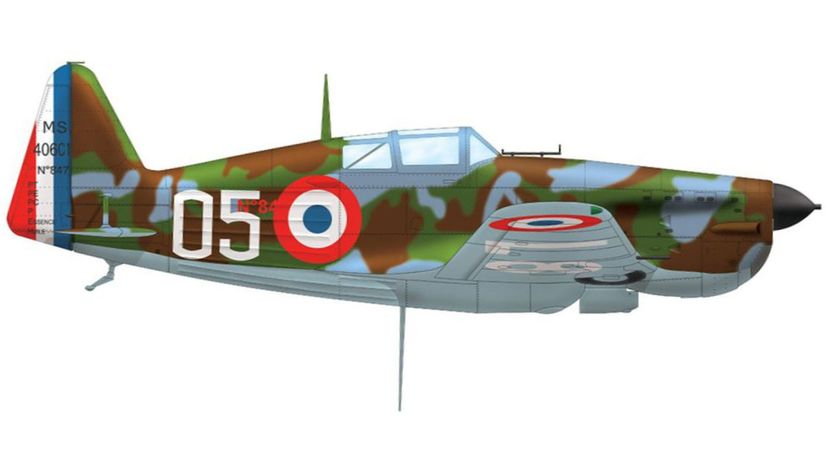
When World War II started, the Morane-Saulnier M.S.406 was the main fighter of the French Air Force. It was very maneuverable, but unfortunately, it was underpowered and lacked firepower, leading it to be easily outperformed by German fighters. Over 250 were lost during the battle of France.
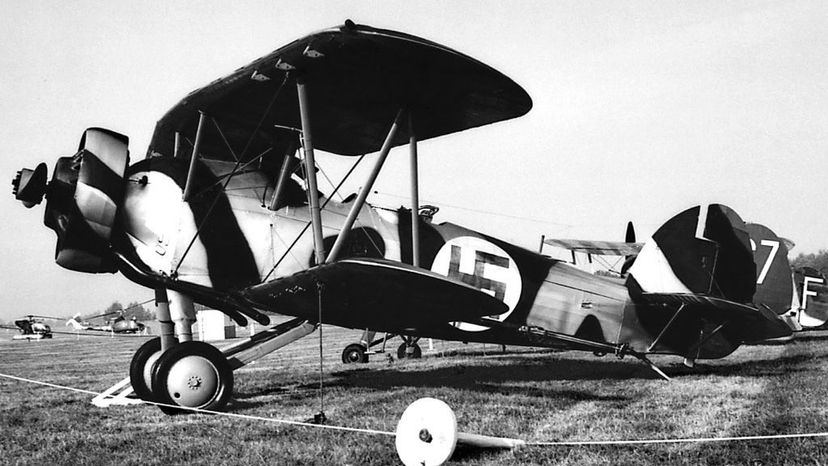
A two-seater bomber, the Hawker Hart served with Royal Air Force from 1930 but was obsolete by the outbreak of World War II and only served in backup squadrons.
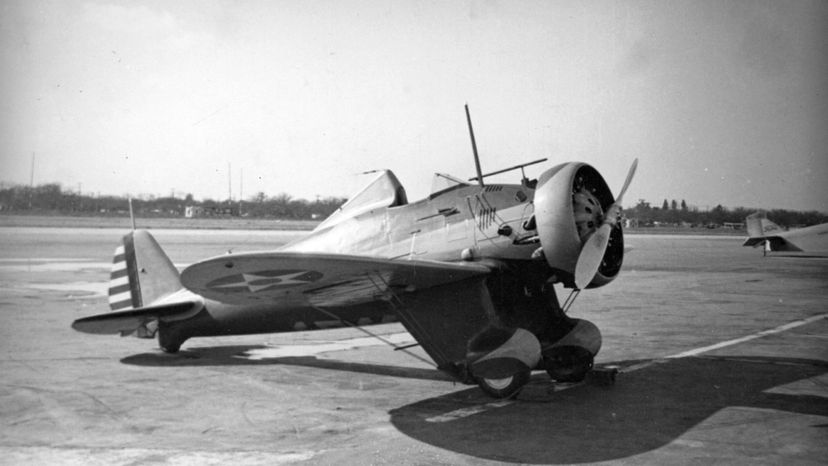
The first all-metal fighter produced by the United States, the Boeing P-26 Peashooter first flew in 1932. Chinese-built Peashooters saw action against the Japanese before the outbreak of World War II, while the Peashooter also served in the Pacific with the Philippine Army Air Force.
Advertisement
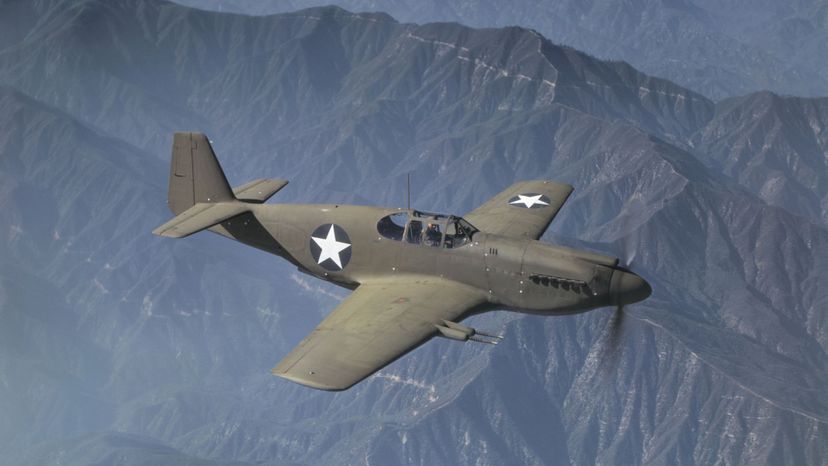
The North American P-51 Mustang is legendary in aviation circles. This is the aircraft that first flew bomber escort missions over Germany, something the German high command thought impossible. It was a great all-around fighter, capable of ground attack duties as well. Interestingly, the first Mustang models suffered from underpowered engines. It was only when the Rolls-Royce Merlin was fitted to the airframe that it became a world beater.